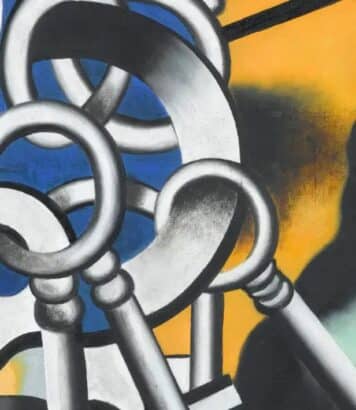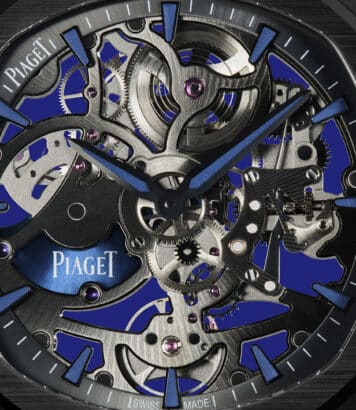The Petit Palais’ hidden masterpiece soon to be reborn

A monumental fresco, long forgotten and eaten away by time, is about to be restored to its former glory. This project could well change the way people visit the Petit Palais.
A Belle Époque treasure at risk
Few visitors look up as they cross the peristyle of the Petit Palais, the majestic passage linking the courtyard to the inner garden. And yet, 10 meters above the ground, lies one of the most ambitious frescoes in twentieth-century Paris. Created between 1910 and 1911 by Paul Baudoüin, a painter and admirer of the Italian Renaissance, it covers over 1,000 m² of decor inspired by the Republican calendar. A subtle celebration of seasons, hours, day and night.
But this masterpiece, forgotten by the media, has been hard hit by the effects of the Parisian climate: seepage, damp, mold, peeling paint… In April 2025, the verdict was in: urgent action was needed. The restoration project, estimated at 3.7 million euros, will last until spring 2026.
Science in the service of healthcare
The restoration promises to be a highly precise operation. Carried out by Paris Musées, in partnership with architect Pierre-Antoine Gatier and the Aline Berelowitsch agency, it will mobilize rare expertise: conservation of the fresco, cleaning of the stone, reworking of the marble, consolidation of the structure, replacement of the acroteria. At the helm of the fresco itself is Isabelle Auclair, a renowned figure in monumental conservation.
But this project goes further: it embodies a new generation of “green” heritage interventions. The use of sustainable materials, non-invasive processes, rational management of resources… A pilot eco-restoration project that Paris could well use as an example for other historic monuments.
An ultra-selective setting
The Petit Palais remains open to visitors, even undergoing renovation. Only the garden is temporarily closed (until June 24, 2025), while the indoor Café 1902 continues to welcome visitors. Better still: far from interrupting the visit, the restoration will reveal a new, more immersive angle on the museum, more sensitive to detail.
The final objective is clear: to offer visitors an enriched reading of the architecture of the site, to restore visibility to a forgotten space, and to rehabilitate the fresco as a jewel in its own right within the museum. This in-depth project could well put the peristyle back at the heart of the Petit Palais experience.
Why you should follow this project
In a Paris saturated with high-profile restorations, this operation stands out for its discretion, technical ambition and symbolic significance. It highlights the heritage of the Belle Époque, the excellence of craftsmanship and an eco-responsible vision of preservation.
Groupe BPCE, the main sponsor, has made no mistake about it: supporting this restoration project means helping to pass on know-how that goes beyond the purely artistic. A project to be followed step by step, before rediscovering its brilliance in spring 2026.
Also read: Hotel Hana reveals the Parisian secret that seduces even UNESCO




